SLVU735A June 2012 – February 2022 TPS51225
8 EVM Assembly Drawing and PCB Layout
The following figures (Figure 8-1 through Figure 8-6) show the design of the TPS51225EVM-133 printed circuit board. The EVM has been designed using four layers, 2-oz copper circuit board.
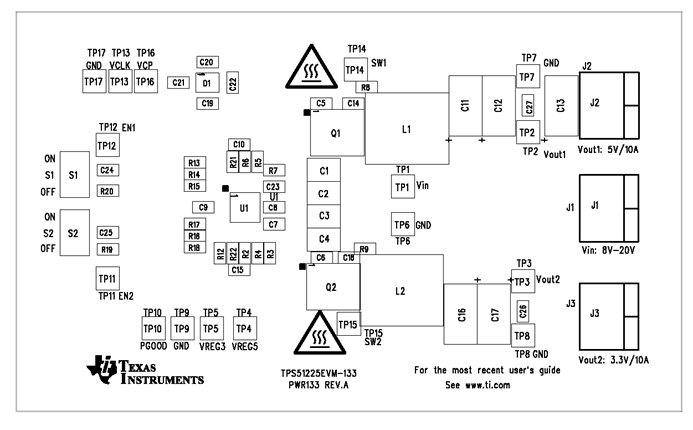 Figure 8-1 TPS51225EVM-133 Top Layer Assembly Drawing
Figure 8-1 TPS51225EVM-133 Top Layer Assembly Drawing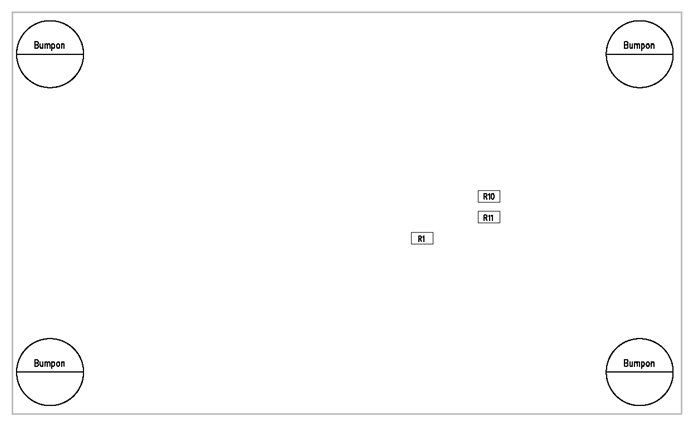 Figure 8-2 TPS51225EVM-133 Bottom Assembly Drawing
Figure 8-2 TPS51225EVM-133 Bottom Assembly Drawing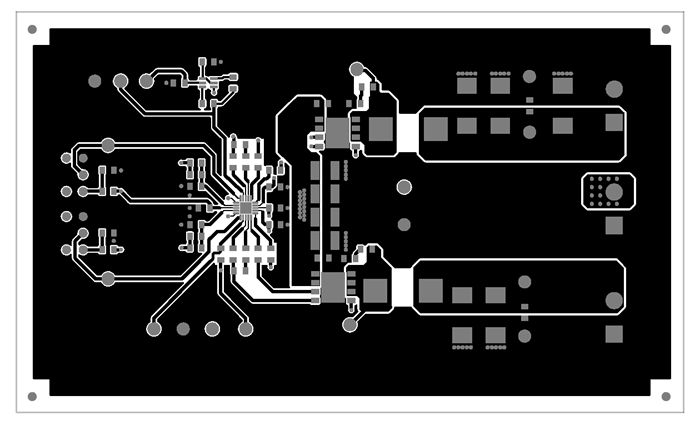 Figure 8-3 TPS51225EVM-133 Top Copper
Figure 8-3 TPS51225EVM-133 Top Copper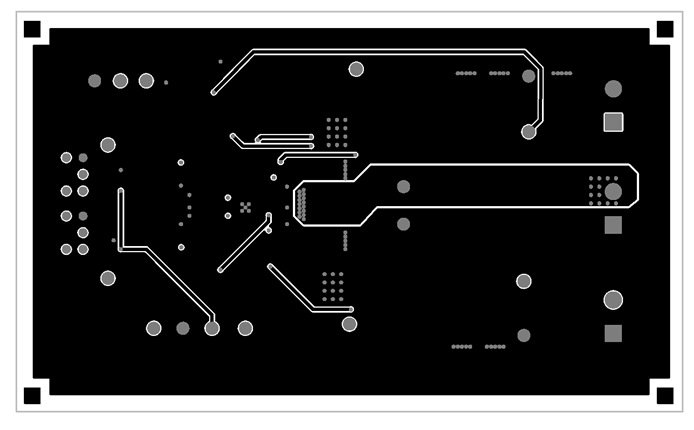 Figure 8-4 TPS51225EVM-133 Layer 2 Copper
Figure 8-4 TPS51225EVM-133 Layer 2 Copper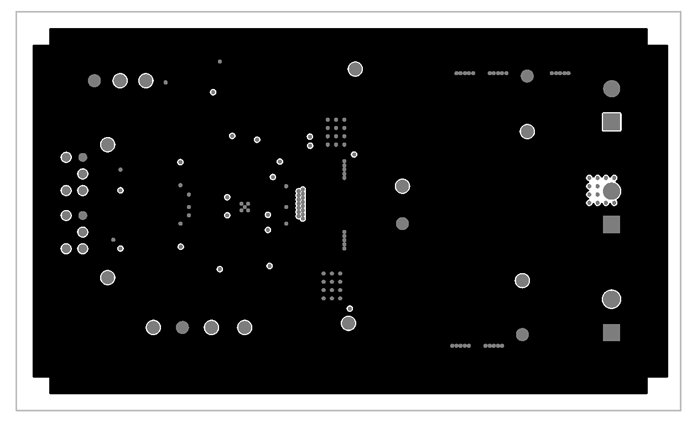 Figure 8-5 TPS51225EVM-133 Layer 3 Copper
Figure 8-5 TPS51225EVM-133 Layer 3 Copper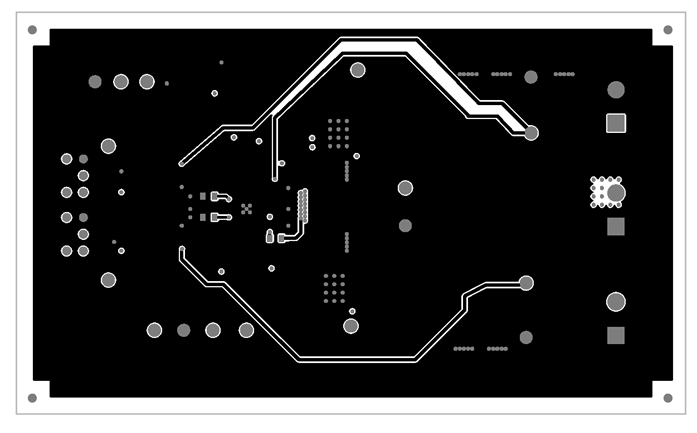 Figure 8-6 TPS51225EVM-133 Layer 4 Copper
Figure 8-6 TPS51225EVM-133 Layer 4 Copper